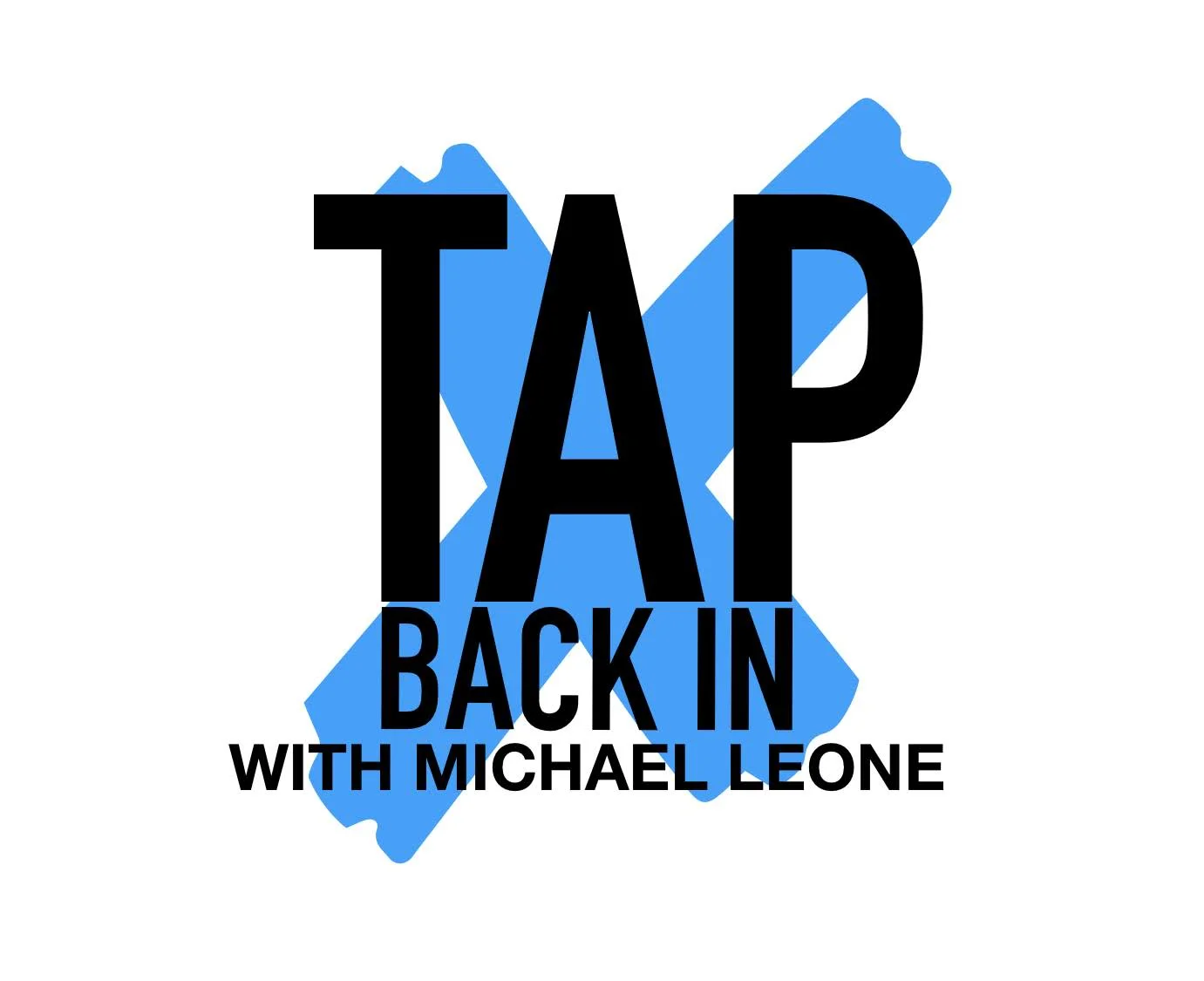I. N.E.E.D. Conflict Resolution: Part 2
Okay, welcome to the 2nd step in the I. N.E.E.D. conflict resolution process. If you missed the first post, or just need a refresher, here is a link to it: Part 1
Now that you are all refreshed and ready to go, let's jump right in! The next step is: Need. And what do we mean by this? We need to figure out exactly what is needed to put the fire of this conflict out. To put it more simply we need to know:
What do we need to fix this problem?
What do we need in order to feel safe in both discussing with and approaching those involved?
What do we need in order to improve the situation
To answer the three areas above, it helps to begin with a few questions:
What do I want to stop?
What do I want to happen moving forward?
In the first step in this process we answered who and what the problem was. Here, we want to get more granular - what is the behavior or action we need to be stopped. This is only a starting point, however because the more important (and proactive) thing we want to identify and envision is what do we want the future to look like? What do we want to happen moving forward? This is what you want to figure out and use as a basis for a constructive conversation with someone. People don't like being told not to do things because we LOVE rebellion. However, we often are more open to discussing what we can do moving forward to limit conflict. For example, you could tell a loud employee, "Stop being loud when you enter the call center. You're distracting our employees and making it difficult to concentrate." However, when you tell someone to stop - it creates a natural defensiveness in most people because it sounds like blame even if we don't want it to. Contrast that with, "Some of our call center reps have a difficult time focusing on their calls because they are balancing looking things up on the system, calming down irate customers, and having to watch their own disposition and manage their responses. Any added stress or distraction makes this difficult. Would you be willing to try and be mindful of your conversations as you walk through the area?" Do you see the difference? In once scenario you are confronting an individual, but in the other you are asking for their help in order to solve a problem (distraction).
If we use the challenge of an employee who happens to have a loud speaking voice, we can now answer the first question: We need this employee to be more mindful for the volume of their voice. The second question, "what do we need to feel safe," will be unique to every conflict, but here are a few things to consider:
Should you have this discussion in your office/area, there office/area, or somewhere else? What would work best for this conversation?
What can you do to make this conversation less prone to outburst? To answer this, you have to remind yourself to focus on the behavior/action and avoid blaming the person for the problem. Come up with a solution and a way to explain it in a positive light (which we'll discuss more in the last two posts on this topic)
Finally, what do we need to improve the situation? Well, in our "loud talker" example we need the individual to be receptive. To do that we need to make sure that they don't feel blamed, that they understand what to do and, ultimately, we need them to agree to it as well. In other situations, we may need management's help, or recordings, or examples of what was wrong (and what it should look like). The key here is to know if you need any tools to help gain buy-in, understanding, and to facilitate a good conversation.
What's interesting about these first two steps (and a third one which we'll discuss in the next post) is that they can take a little as a few minutes or much longer depending on the size of the conflict (or how fearful you are of it). There is no right answer as to how long these steps will take - but know that in some cases you can do them in your head on your way to have a discussion.
In the last post, I cautioned you against falling in love with your solution. This has been referred to as "The Pablo Picasso Effect" based on a quote of his, "I begin with an idea and then it becomes something else." The idea here is, if you find yourself in conflict and driven to pursue one solution and one solution only…then you've fallen in love with your solution. And if you've fallen in love with your solution, you may have inadvertently made finding common ground (and a resolution) impossible. If you find yourself fighting for "your" solution - stop it! Stop it now! Let it go - your solution can be a starting point, but we need to be willing to let it change (or go by the wayside all together) so that the best solution can come together. Sometimes it can be as simple as saying to the other person, "What do you think we can do to solve this challenge?"
Now that we know how to "Identify" the source and to determine what we "Need" in order to be successful, it's time to jump into "Exploring" what underlies the conflict and all parties involved. We'll take a look at this process next week. Until then, make today great!

